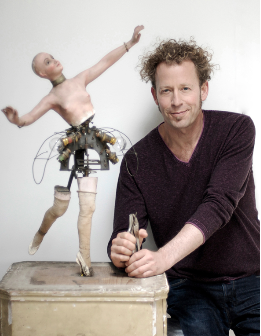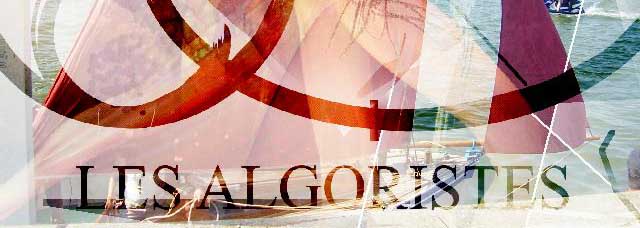
Goldberg : Robots, beyond the Uncanny
Ken Goldberg, UC Berkeley. February 9, 2017, 6:00 pm »
Beyond the Uncanny Valley of the Doll
"I want to be a robot." - Andy Warhol
In 1919, a year before the word “robot” was coined, Sigmund Freud published an influential essay, Das Unheimliche, later translated into English as “The Uncanny”. The essay and the concept of the Uncanny are familiar to literary theorists and art historians, who have charted its the literary and theatrical origins of the concept through works by ETA Hoffman, Mary Shelley, Karel Capek, and Eric Asimov, its rich history in psychoanalysis, aesthetics, and philosophy, from Jensch to Freud to to Heidegger to Derrida to Cixous to what Martin Jay described as the “master trope” of the 1990’s.
However, the Uncanny remains esoteric and unfamiliar to engineers, designers, and the public. They are familiar with the Uncanny Valley, a related but distinct concept that originated in 1970. I'll describe the Uncanny in plain language, trace its origins back to Descartes and medieval automata, and show how relates to our contemporary human fear and fascination with a broad variety of technologies from AI to cosmetics to robots to Siri to Google Glass to zombies.


